Hey guys,
today my series about the four gates in Rostock continues. There used to be a whole 22 goals in Rostock. Only four of them remain. And it is precisely these four gates that I am doing a little history series about;) After the Kröpelin Gate and the Stone Gate, the Kuhtor and the Mönchtor are still missing - today it's about the Kuhtor. Yes, it really is called Kuhtor. But more about that later.
The "Cow Gate" - first designed in early Gothic architecture
The tower, designed in the early Gothic period, was first mentioned in a document in 1262. You will find the Kuhtor only a few hundred metres away from the Steintor and the larger Steinstraße. It is located on the side of Rostock City Hall.
What makes the Kuhtor so recognisable and unique is that it has a depressed, relatively deep passage for its tall structure.
In the beginning, its actual function was to act as a sally port to the south. However, the stone gate very soon functioned as such a gate.
What also makes the Kuhtor so special is that it is the oldest city gate in northern Germany. However, it is not only the oldest city gate in northern Germany, but also the oldest city gate in Rostock. It was built around 1262.
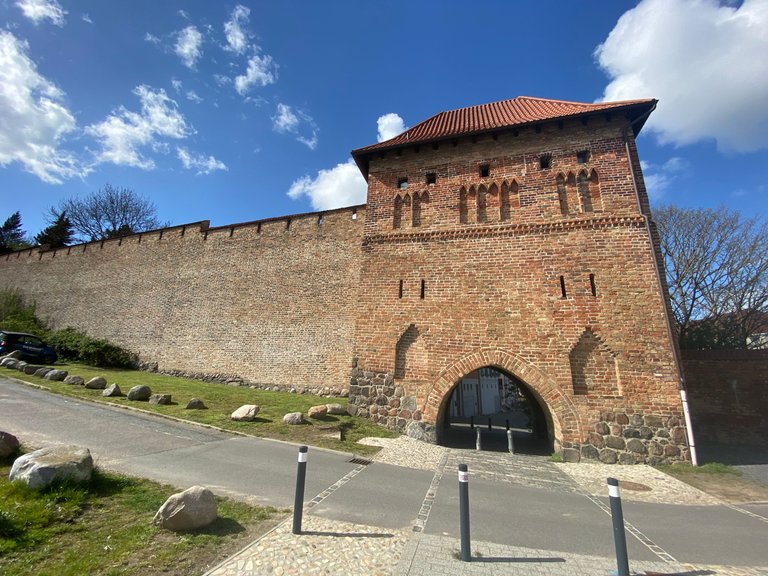
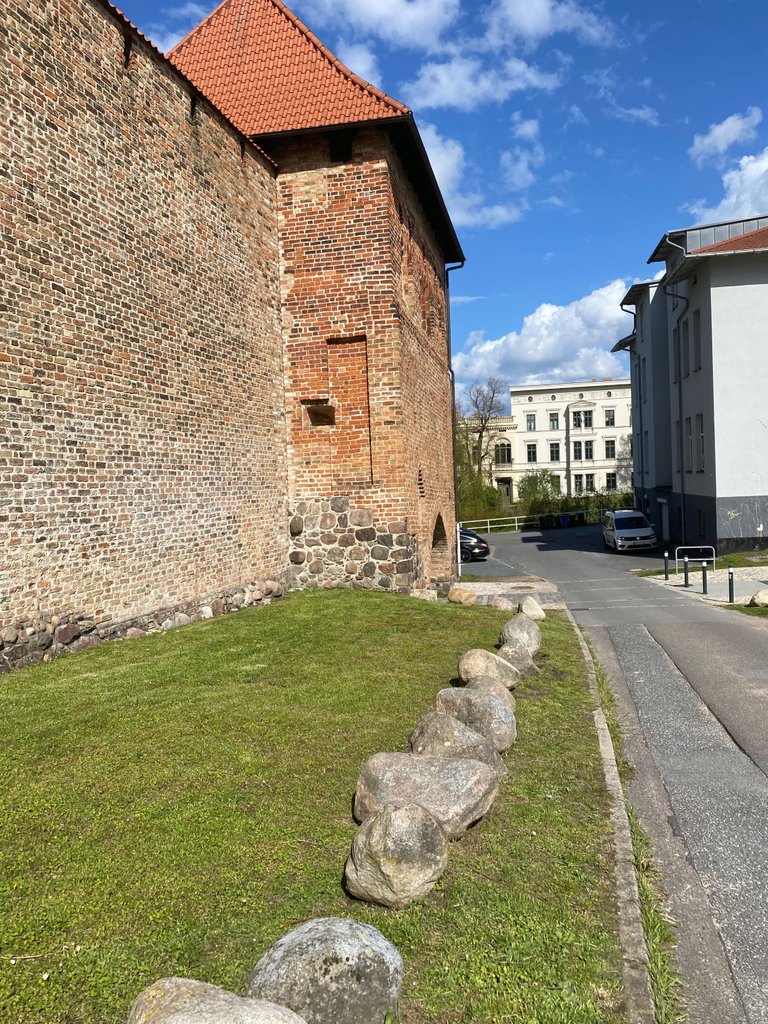
Where does the name "Kuhtor" come from?
But why is the cow gate called the cow gate ("Kuhtor")? The reason is that from the 14th century onwards the gate was only used to drive cattle through to the Warnow meadows.
In the 16th century, new ramparts were built. As a result, it completely lost its function as a protective gate. It was finally closed and used as a prison at the beginning of the 17th century.
In the early 19th century, the gate was then used as a residential building and was rebuilt accordingly. In 1938, it was finally restored and given the city-side façade articulation that you can still observe today.
Unfortunately, the Kuhtor was badly damaged during the Second World War. It fell into disrepair more and more.
In 1962 it was rebuilt and reconstructed. Today, mediations and family therapies are offered there.
A typical late medieval fortification
As you can already see very well in the pictures, the cow gate is made of bricks. The gate is three metres high and 3.5 metres wide. The defence tower has four storeys. The embrasures make it easily recognisable as a former fortification. At the bottom of the building, the base is composed of large, massive fieldstones. These can also be found at the beginning of the wall. These massive stones are typical of the late medieval fortifications of the time. At that time, scaffolding was attached to the embrasures and indentations for repair work. The indentations could also be broken through during attacks and then serve as battlements.
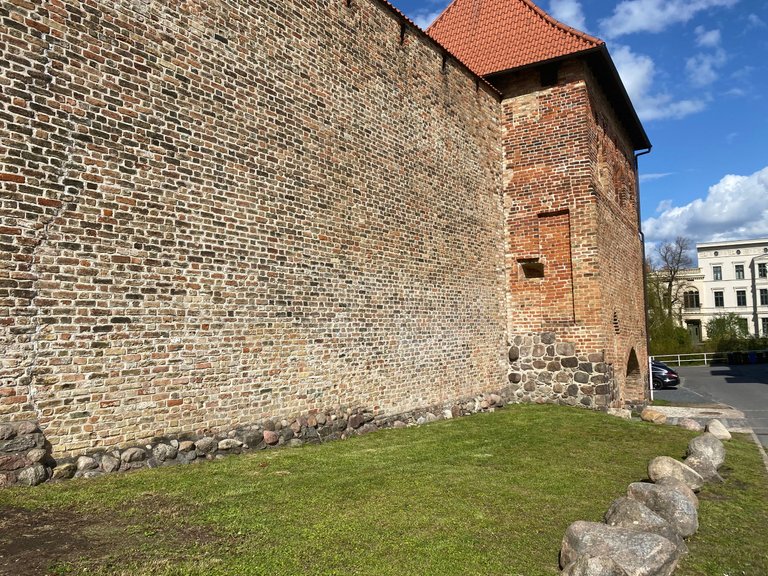
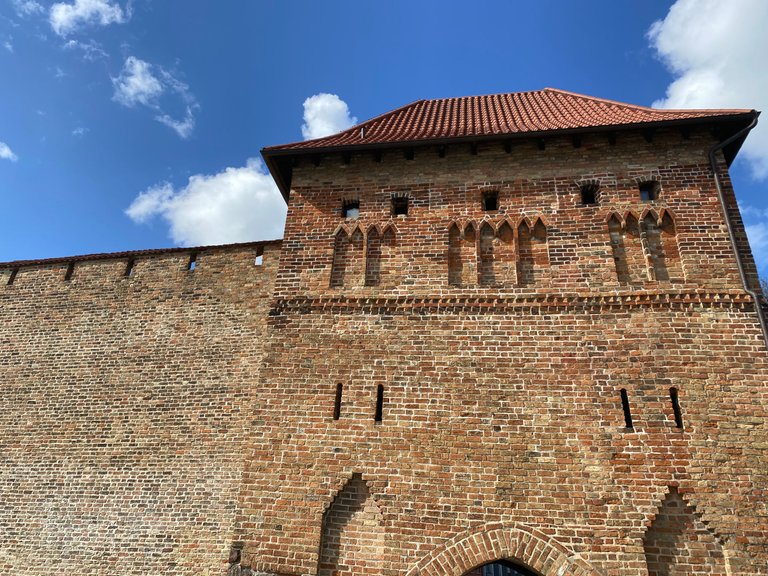
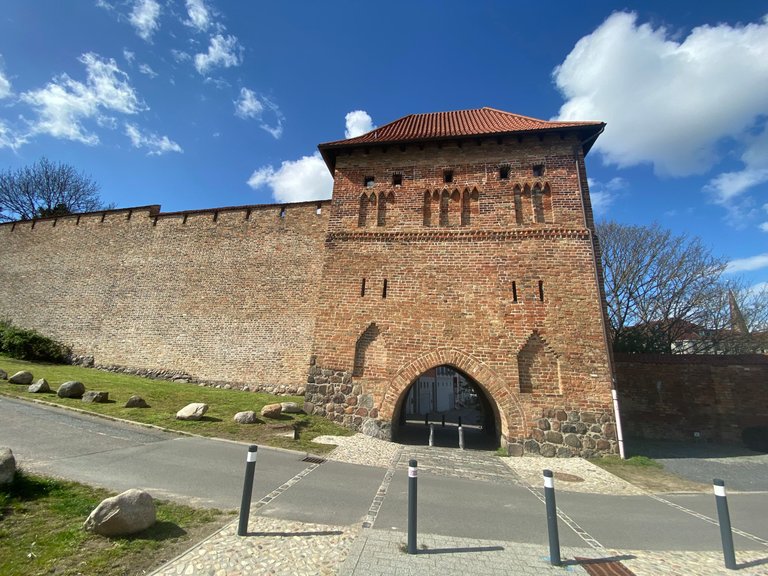
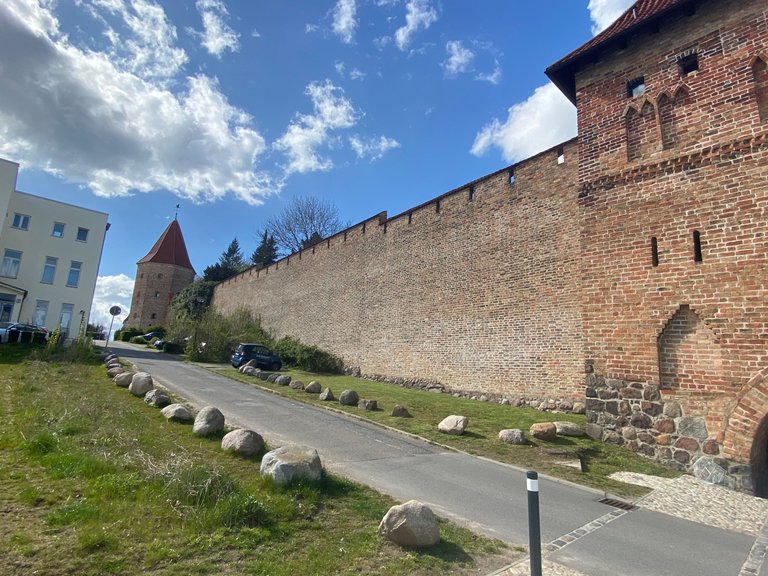
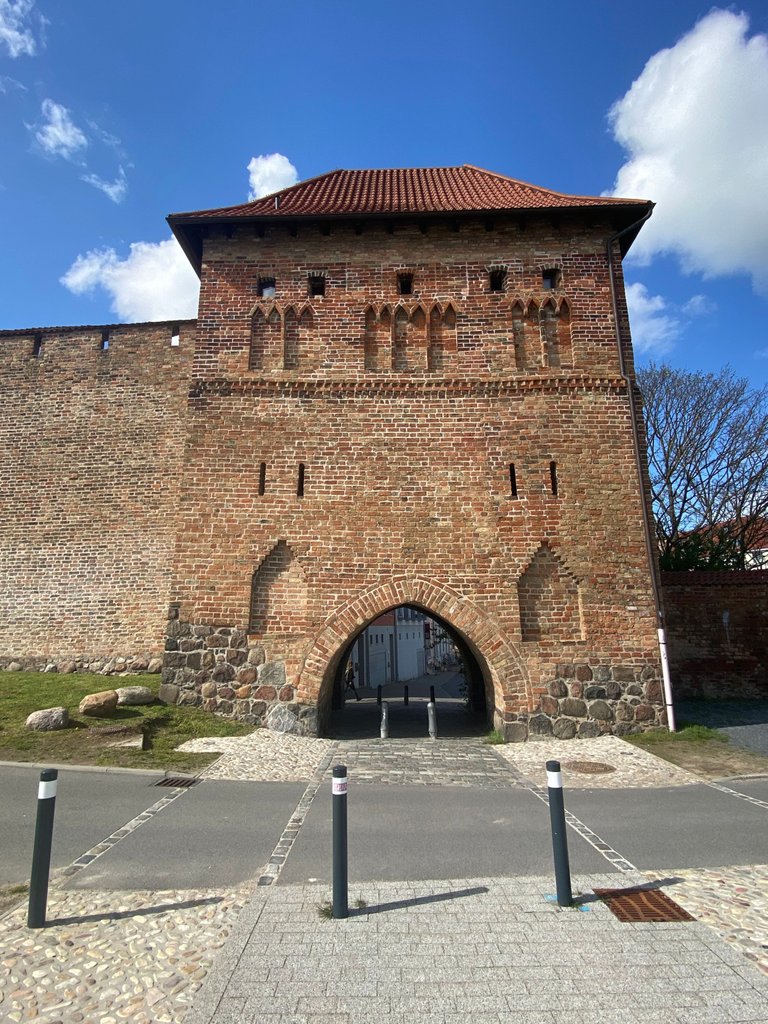
Whats next ;)
I hope you enjoyed today's post, even though it's a bit shorter than usual. I find the story behind the four remaining city gates of Rostock and the fortifications in the Middle Ages very interesting. I'm learning more about this city bit by bit. And even though Rostock is not exactly the most famous city in Germany, it is incredibly rich in history.
What I would like to tell you beforehand: the next and last gate in my row would be the Mönchentor. It is the last remaining beach gate. I will definitely introduce it to you, but my next posts will be about another place in Mecklenburg-Vorpommern, because construction work is going on at the gate and you can take a photo of it, but you wouldn't really recognise much in the photos.
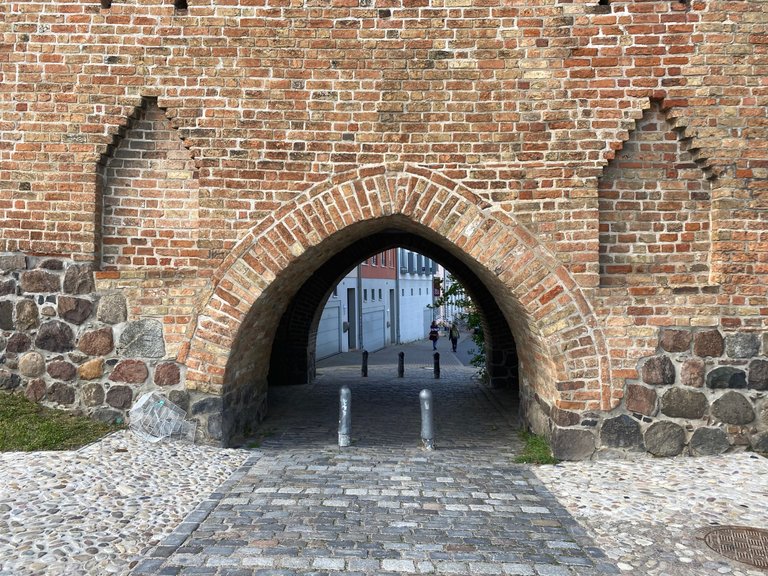
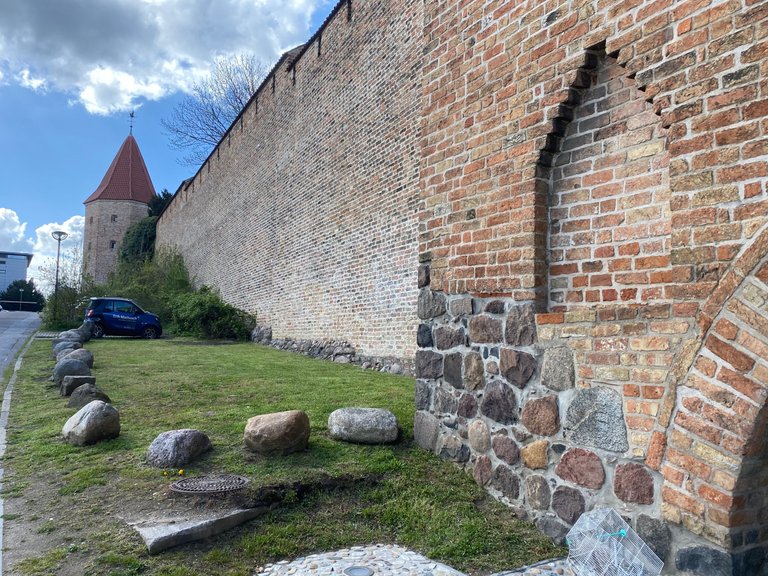
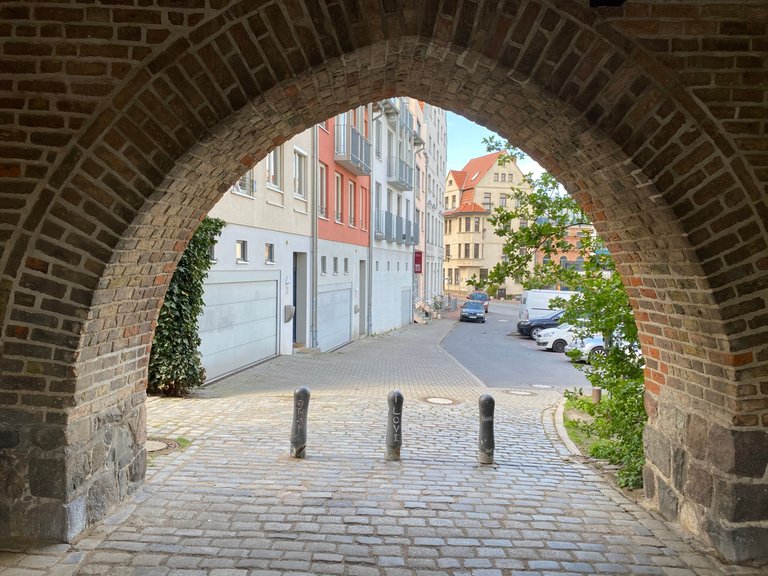
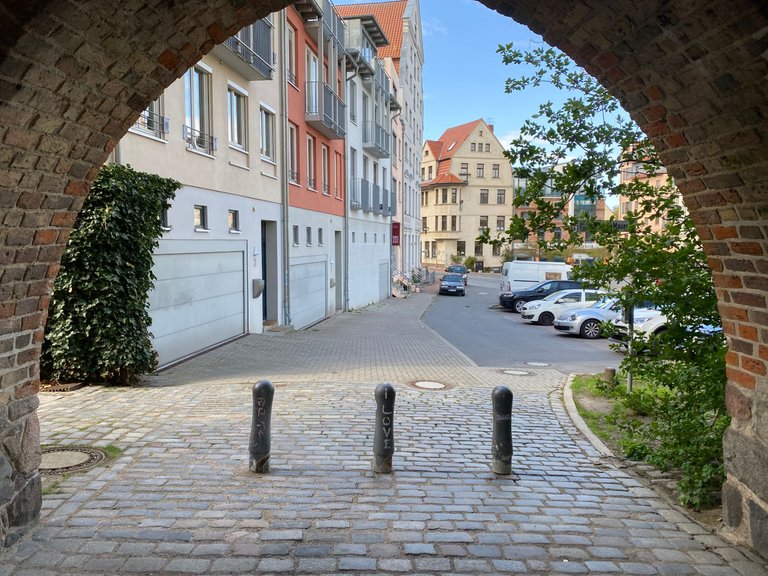
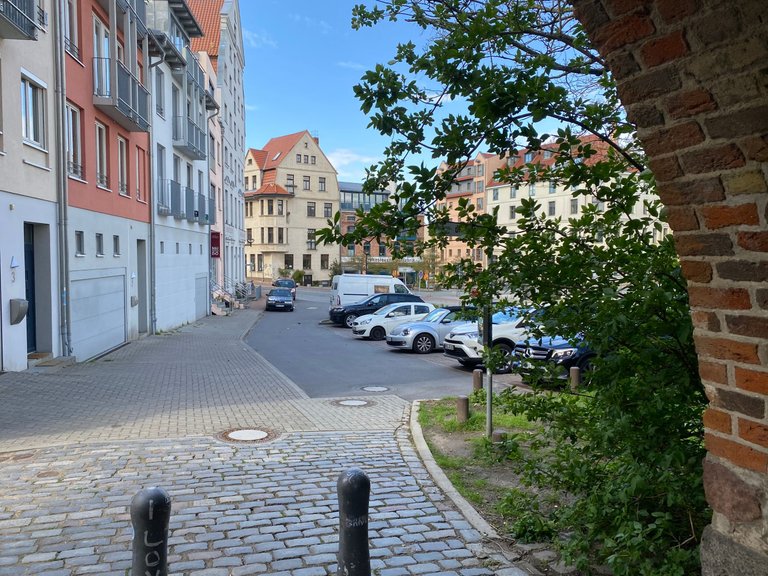
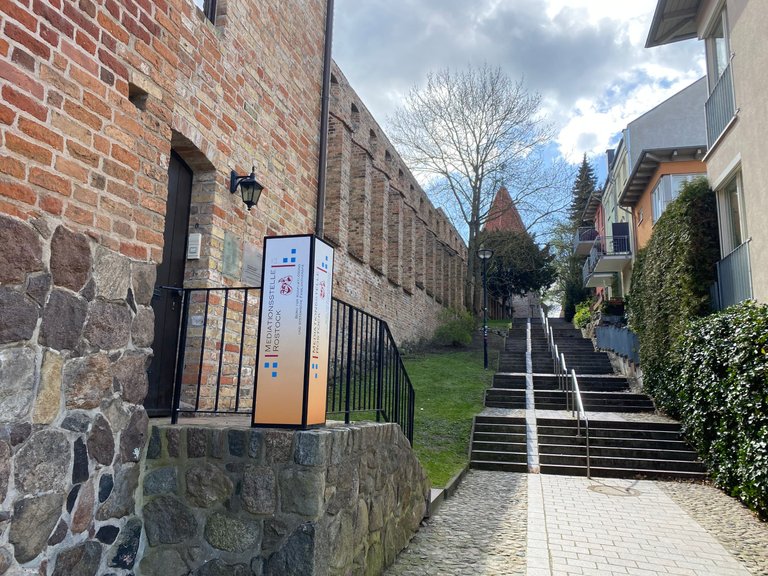
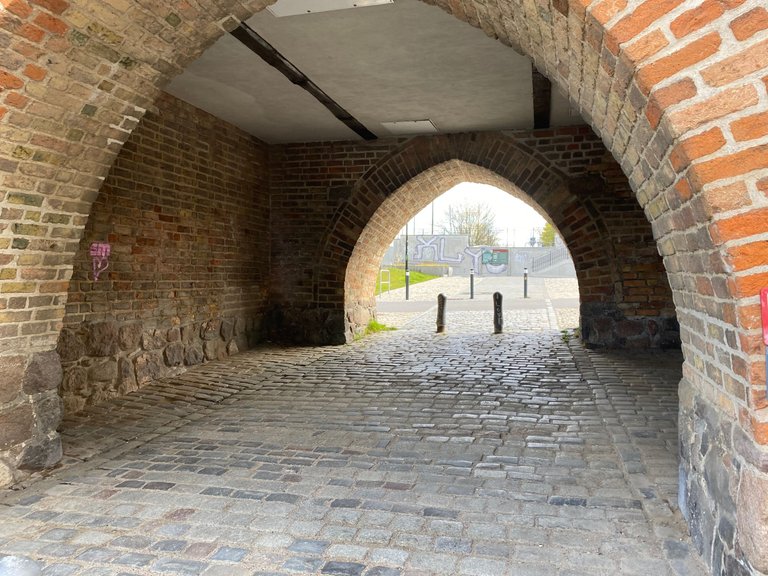
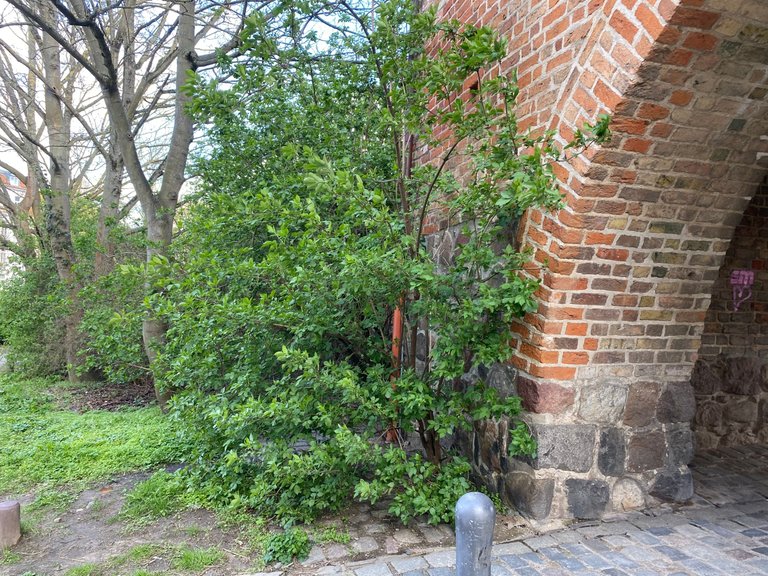
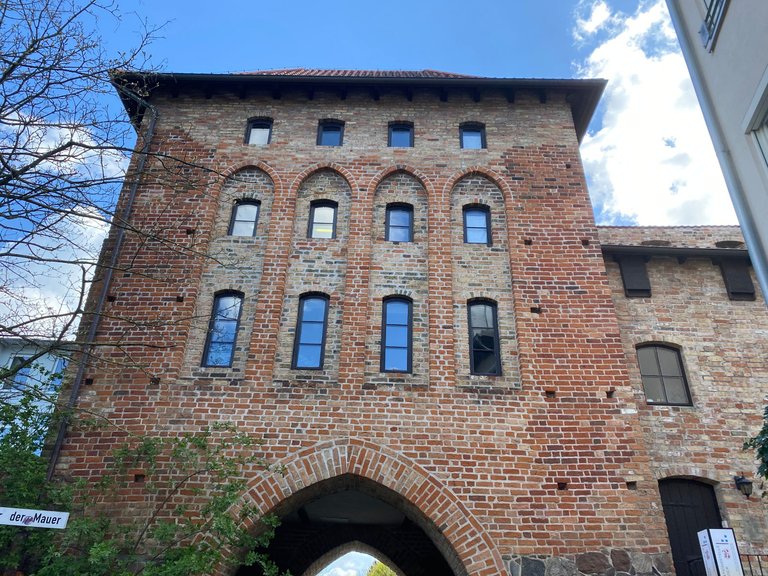
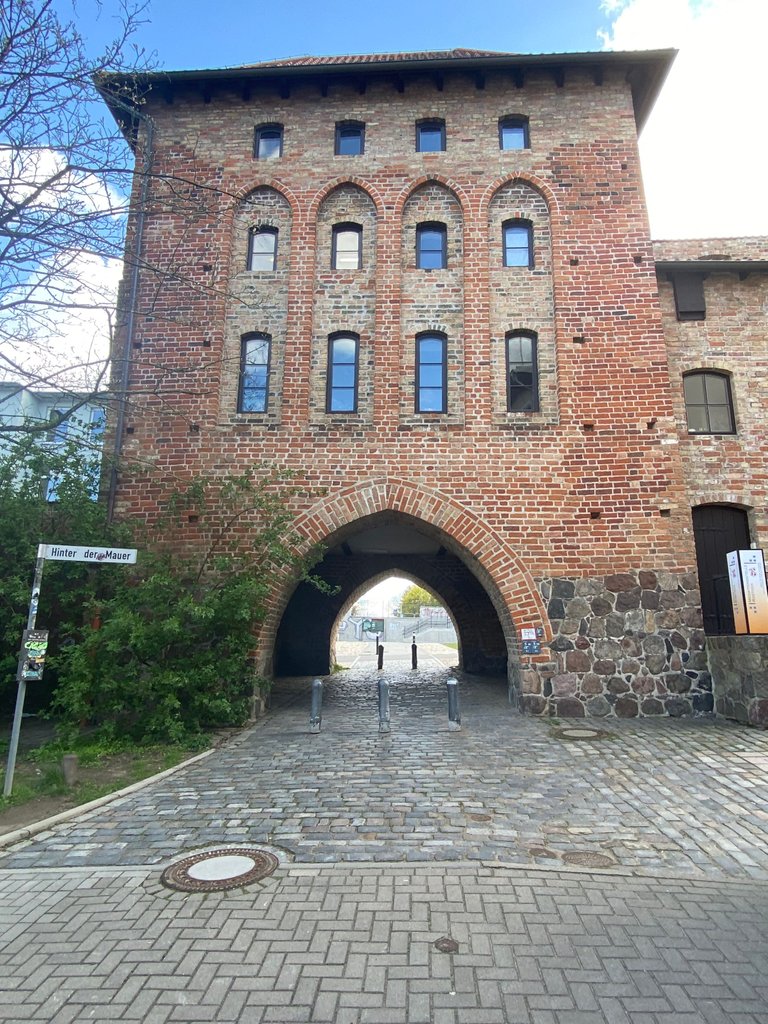
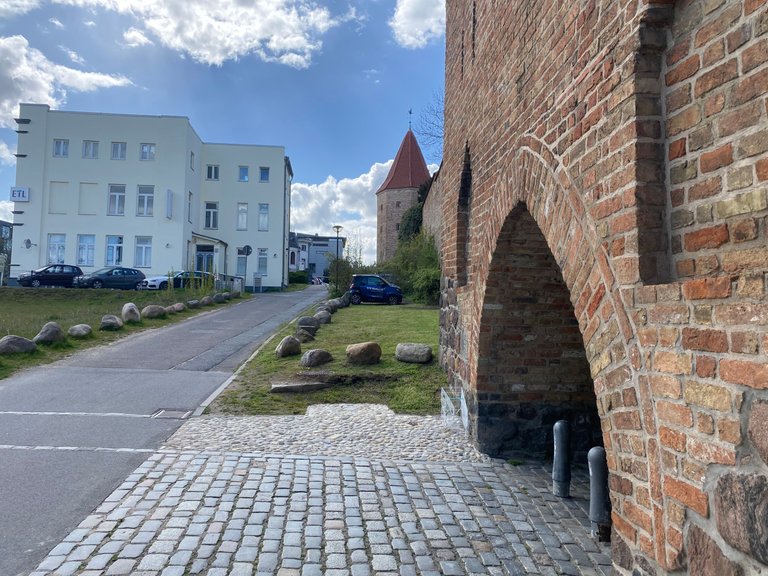
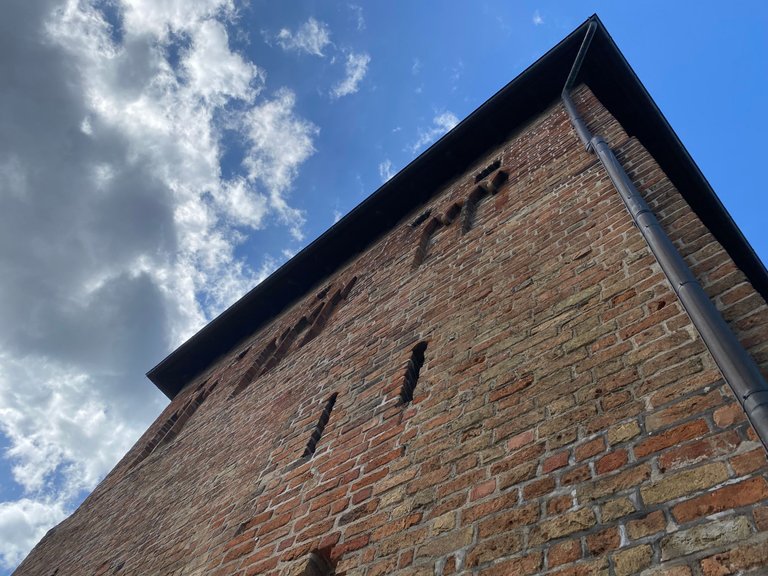
Feel free to write your feedback in the comments. What do you think of the four goals? Do you find the story behind them exciting? Is there anything else you would like to see from Rostock? See you next time ;)
It seems you are a big traveler. Wow!
thank you :) yes i think i am ;)
I'm sure you have seen you profile map. It is full of points.
You have to come to Canary Islands some day. You'll love it.
oh wow i didn't know everyone had their own map, thank you for showing me! oh for shure by all means i'll come visit you ! The pictures I saw on your site are great :)
Yes, everyone has his own map, and yours is full of points. :)
Your content has been voted as a part of Encouragement program. Keep up the good work!
Use Ecency daily to boost your growth on platform!
Support Ecency
Vote for Proposal
Delegate HP and earn more
Thank you for your Encouragement! :)
Daily Travel Digest #1194.
Become part of our travel community:
- Join our Discord
- Learn more about our travel application
Hiya, @choogirl here, just swinging by to let you know that this post made it into our Honorable Mentions in Your post has been manually curated by the @pinmapple team. If you like what we're doing, please drop by to check out all the rest of today's great posts and consider supporting other authors like yourself and us so we can keep the project going!The photographs you take are amazing as well as the accompanying story, dear @katrin-lux. A pleasure to see and read.
thank you so much for your nice words! :)
That's so cool that they're now using the building for a normal office.
I'm curious about Rostock's ocean related industries and history. Looking at it on the map, I would assume that the water played a big part in the city's history. Are there any old ports or old ships in Rostock?
Yes totally.
Yes, water played a major role in rostock's history. The name Rostock even comes from the flow of the Warnow, the river that flows into the city. The city has a port with one really old ship there. Maybe i am writing a post about it sounds like a good idea :)
Congratulations, your post has been added to Pinmapple! 🎉🥳🍍
Did you know you have your own profile map?
And every post has their own map too!
Want to have your post on the map too?